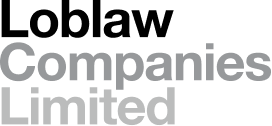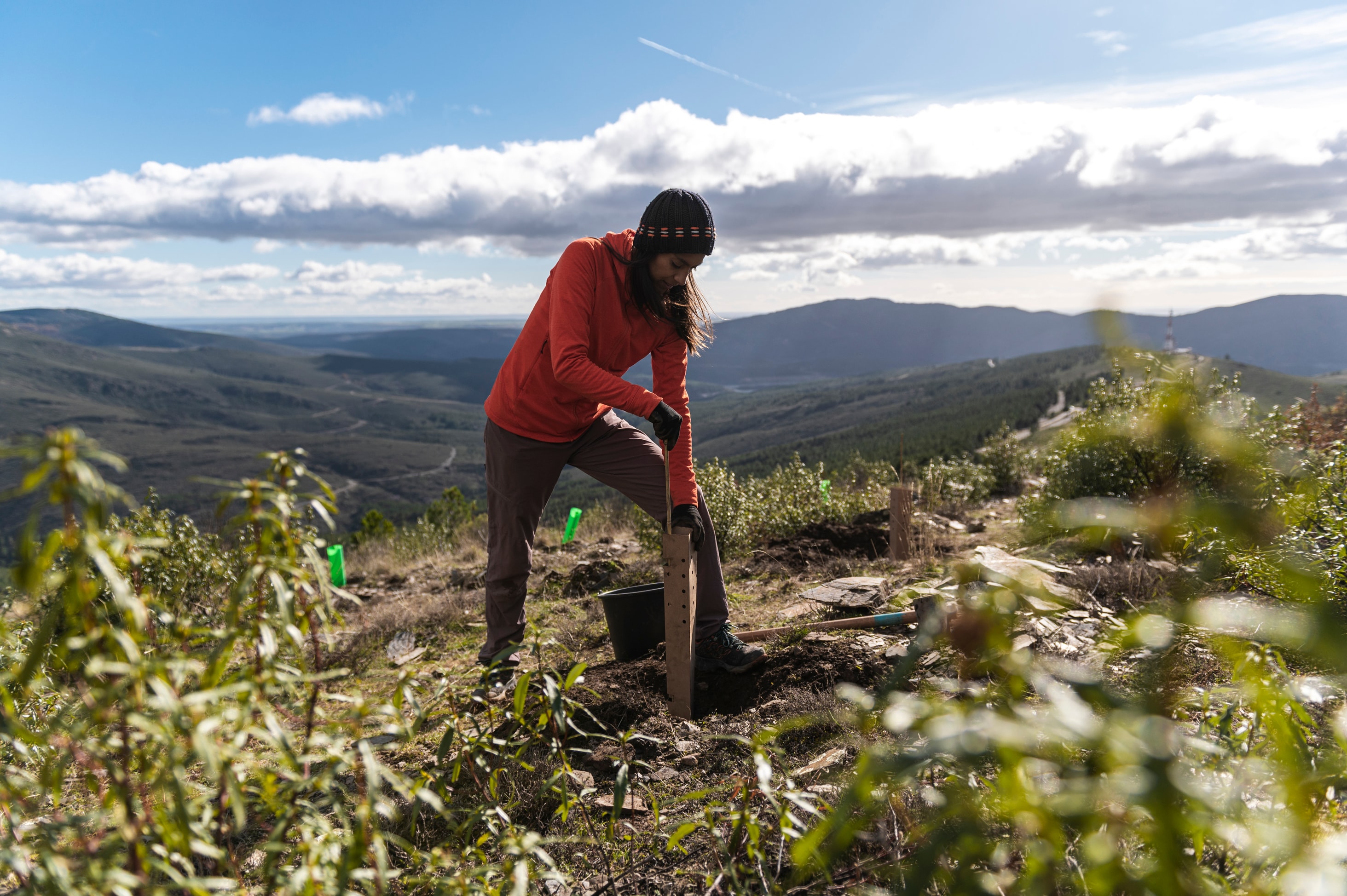Climate action
The effects of climate change have had devastating impacts on our planet. From dramatic increases in severe weather events, to the unprecedented rise in biodiversity loss, climate change presents one of the greatest challenges of our time.
Our carbon footprint
Loblaw’s GHG emissions are categorized as follows: Scope 1 represents approximately 2% of total Loblaw emissions and stems from sources owned or controlled by Loblaw, while Scope 2 is approximately 1% and relates to indirect emissions associated with electricity, steam, heating and cooling purchases.
Scope 1 represents approximately 2% of total Loblaw emissions and stems from sources owned or controlled by Loblaw
Scope 2 is approximately 1% and relates to indirect emissions associated with electricity, steam, heating and cooling purchases
The remaining, approximately 97% of our GHG footprint stems from external sources in our value chain (Scope 3). These sources are vital to our operations but are not directly managed by Loblaw.

Achieving net-zero
For decades, we have been tracking the GHG footprint of our corporate stores and operations. Between 2016 and 2020 we reduced our corporate GHG emissions through advancements in energy management, equipment conversions and reducing refrigerant leaks.
In 2021, we set our ambitions higher, with a phased approach to reach net-zero emissions across our full enterprise.
Our Scope 1 and 2 plan¹ focuses on four key aspects of our footprint: refrigerants, heating, electricity, and decarbonizing our fleet.
2030: Reduce our enterprise operation footprint by 50% from a 2020 baseline and operate a net-zero truck fleet by 2030.²
2040: Achieve net-zero for our enterprise operating footprint.
2050: Achieve net-zero by 2050 for scope 3 emissions.
¹ Includes corporate, franchise, associate-owned, and T&T® operations as well as corporate offices and distribution centres.
² Short-haul outbound corporately owned and operated fleet only.
#JoinTheCarbonFight
Our greatest opportunity for impact is reducing our Scope 3 emissions.
While it represents challenges, tackling Scope 3 emissions is of critical importance to our plan to fight climate change and achieve net-zero by 2050. To succeed, strong data collection and collaboration across the value chain is required. That is why in late 2023, we increased our transparency by disclosing our plan to tackle Scope 3 emissions, which included a call to action sent to all our largest vendors asking them to #JoinTheCarbonFight and report their GHG emissions and reductions. As part of this work, we announced a new interim target to ensure suppliers from whom we source 70% of our volume by spend will set science-based targets1 by 2027.





